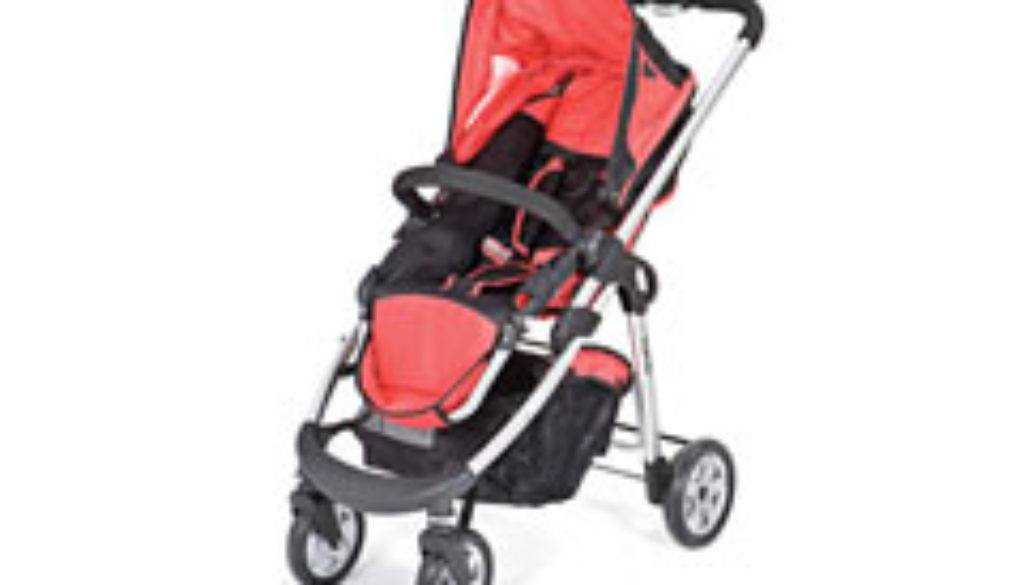CPSIA Has Had a Big Impact Over the Last Five Years
This item is cross-posted from Consumer Reports.
At a time when partisan gridlock seems to dominate the discussion in Washington, we at Consumers Union, the policy and adviocacy arm of Consumer Reports, think it’s important to celebrate bipartisan legislation that has made a real difference in the marketplace and the everyday lives of consumers.
This Wednesday (Aug. 14) marks the fifth anniversary of the Consumer Product Safety Improvement Act, or CPSIA. The milestone safety law, passed with overwhelming bipartisan support in both the chambers of Congress and signed into law by President George W. Bush in 2008, includes strong product safety reforms that revitalized the Consumer Product Safety Commission, a small agency with jurisdiction over the safety of more than 15,000 different types of products.

March 2013 due to a strangulation hazard.
The CPSIA was Congress’ response to the recall of millions of toys and children’s products for excessive lead, ingestion hazards, and other serious risks. Consider these numbers: In 2007, there were 473 recalls of children’s products, including millions of toys that contained dangerous levels of lead paint and other toxins. And in 2008, consumers fared even worse with 563 recalls, including nearly 8 million toys.
To combat those risks, the law includes many vital improvements to our safety net, including lowering lead limits, issuing strong mandatory standards for infant and durable products ,and requiring third-party testing of children’s products. The law also directed the CPSC to create the SaferProducts.gov database, where you can report and research safety hazards experienced with a wide variety of consumer products.
Many consumers might have been surprised that these rules didn’t already exist. Before the CPSIA, you would probably assume that someone was looking out for consumers and ensuring that the products they bought their children were already tested and determined to be safe. But too many kids fell victim to unsafe products in their homes.
Consumers Union and other like-minded groups believed that our children should not be the guinea pigs to test the safety of a product. The passage of the CPSIA was groundbreaking in that it required independent third-party test before children’s products such as toys and cribs are available on store shelves—the best way to prevent unnecessary and costly deaths, injuries, and recalls.
The creation of SaferProducts.gov also gave consumers a new place to turn to make smarter, more informed purchasing decisions, and an outlet to take action when it comes to product hazards. Consumers are able to search SaferProducts.gov to see whether other consumers have experienced hazards with a product, such as a stroller, that they are looking to buy.
Additionally, consumers who experience a risk of harm or an injury caused by a product can now quickly and easily share that experience with the CPSC. The CPSC may then, if warranted, open an investigation into the product hazard. Since the database went live in 2011, more than 15,500 reports have been posted on SaferProducts.gov.
As a result of the CPSIA, the U.S. now claims the strongest crib-safety standards in the world, a big improvement over previous standards, which had resulted in too many cases of infants being trapped by crib railings and other dangerous parts. And the law continues to be the gift that keeps on giving: the CPSC is currently considering mandatory safety standards for strollers, soft infant carriers, and other nursery products.
While there have been efforts to water down or weaken parts of the CPSIA, the law remains strong and intact to better protect consumers. Consumers Union is a strong supporter of the Consumer Product Safety Improvement Act. This month we celebrate all that the law has already done for children, and what it will continue to do as all of its parts go into effect.

